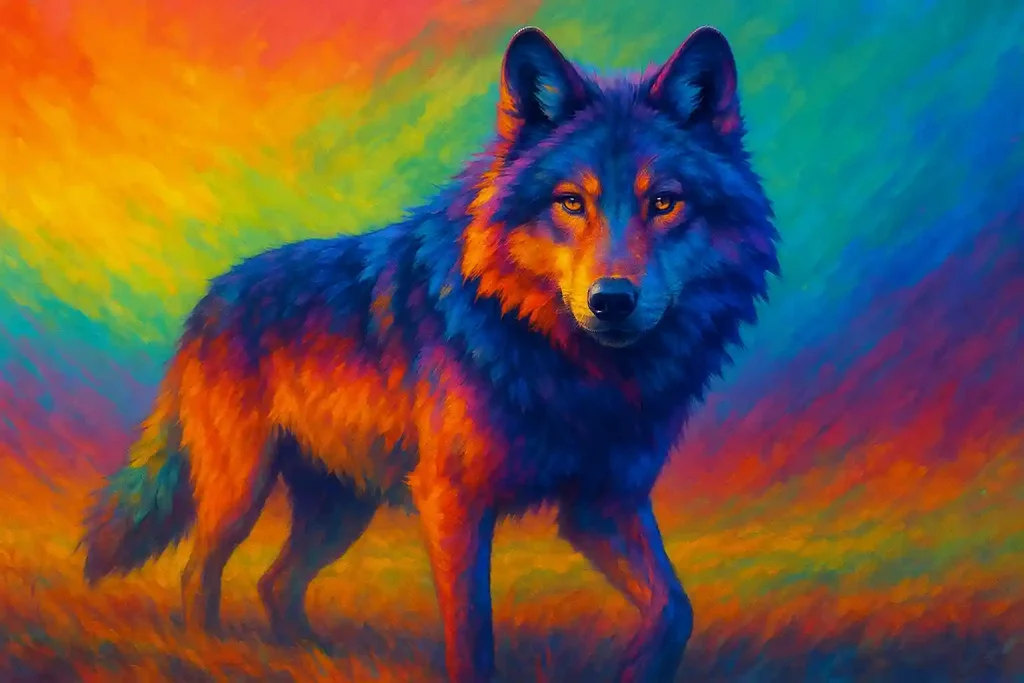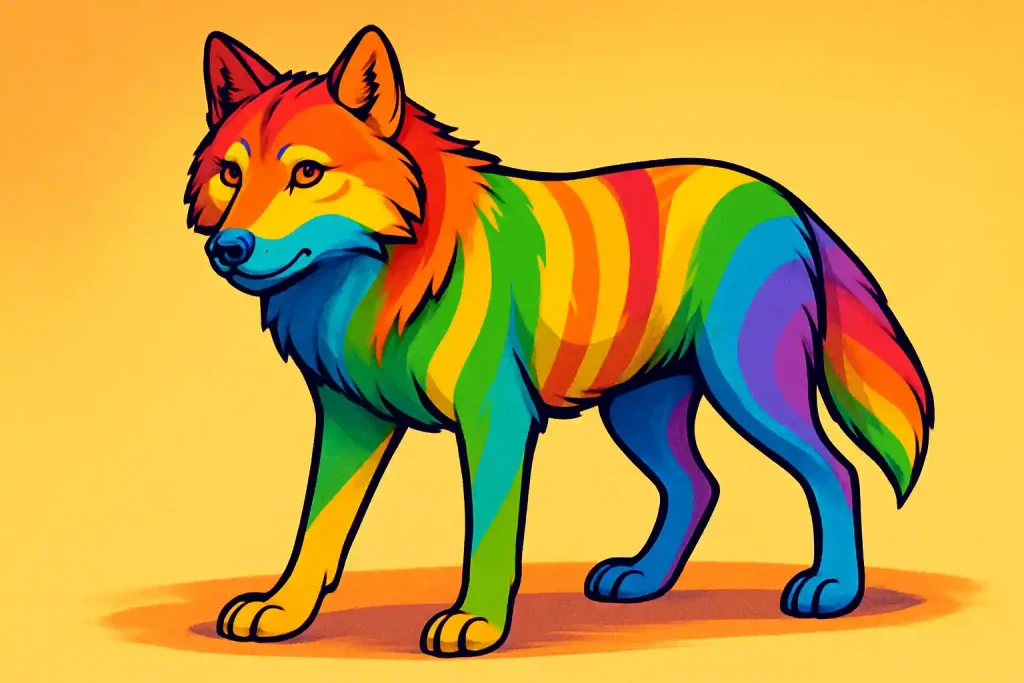Colossal’s “dire wolves” aren’t monsters, miracles, or evolutionary glitches. They’re gray wolves that are still very much alive in the modern gene pool.
When a company like Colossal Biosciences says they’ve brought back dire wolves, it’s hard not to picture something straight out of Game of Thrones. Giant, prehistoric canines stalking snowy forests, maybe snarling at drones. But the truth, as usual, is a lot less cinematic. In April 2025, Colossal revealed three cloned wolf pups, Romulus, Remus, and Khaleesi, claiming they had “de-extincted” the legendary dire wolf. Headlines exploded.
Twitter did its thing. But scientists? Scientists were like: hang on a second. Turns out these pups aren’t dire wolves. They’re genetically modified gray wolves with some bonus traits loosely inspired by ancient DNA. No real dire wolf DNA made it into the mix. No actual resurrection happened. And the company’s own chief scientist, Beth Shapiro, later clarified that they were never trying to bring back real dire wolves anyway. So… what did they bring back? Think less Jurassic Park, more GMO wolf with custom settings.

What Colossal actually made: a wolf remix with prehistoric branding
Let’s be clear about what Colossal did and didn’t do. They used cloning technology to create gray wolves, and then applied 20 specific gene edits—tweaks that adjust things like size, coat, and maybe even metabolism. None of these edits made the animals into true Aenocyon dirus, the extinct canid species known as the dire wolf. And they couldn’t have, because we don’t have viable dire wolf DNA to work from.
The species went extinct around 10,000 years ago, and what we’ve dug up since are fossilized bones, not frozen samples. So no matter how sophisticated your gene-editing tools are, you can’t Frankenstein something back into existence if its full genetic blueprint is missing. At best, you get a visual approximation. At worst, you get hype.
Colossal’s chief scientist Beth Shapiro eventually said the quiet part out loud: “We’re not bringing back dire wolves. We’re building gray wolves that have some dire wolf traits.” That might sound cool from a biotech standpoint, but from a biological one, it’s like calling a golden retriever in a tiger costume a resurrected sabertooth. It’s still a dog. It just has better PR.
The real dire wolf, by the way, was never just a big gray wolf. A 2021 genetic study confirmed that dire wolves weren’t even close relatives. They diverged from the wolf family tree nearly six million years ago. That makes them more like an evolutionary cousin who showed up at the reunion uninvited, brought their own snacks, and never crossbred with the rest of the canine crew. So yeah, Colossal didn’t revive that species. They made something else entirely.
Why this matters—and why it’s annoying real conservationists

If this was just a marketing stunt to sell a documentary, fine. But when you start pitching your work as “de-extinction,” you’re no longer just stirring up hype, you’re rewriting science. The International Union for Conservation of Nature (IUCN) even stepped in, saying that what Colossal made are not dire wolves, nor even proxies. Their concern? Labeling these wolves as resurrected species could undermine actual conservation work.
The gray wolf, after all, is still a threatened species in parts of the world. Confusing the public with “brought back from the dead” narratives might derail protections for real animals struggling to survive in the present tense.
There’s also the bigger question here of why humans seem to be more interested in resurrecting extinct species (Jurassic Park style) instead of saving the ones we already have? While the tech behind Romulus and Remus might be cutting-edge, those resources could be put to use protecting habitats of animals that are in real danger!
The focus on designer wolves might sell headlines, but it risks turning conservation into cosplay. Even Colossal’s own explanation—”we just want to see what’s possible”— makes it sound more like a biotech flex than a mission. If this is science fiction, it’s the kind that forgot to include a reason for existing. And the wolves, meanwhile, are just trying to figure out which side of the lab their dinner bowl is on.
Just… wolves
In the end, Colossal’s “dire wolves” aren’t monsters, miracles, or evolutionary glitches. They’re gray wolves, lovingly engineered, sure, but still very much alive in the modern gene pool. They’ve been tweaked, not resurrected. Designed, not rediscovered. And calling them “de-extincted” dire wolves is like Photoshopping tusks onto a pig and calling it a mammoth. Fun for five seconds, misleading forever.
That doesn’t mean the science is useless, it just means the storytelling got ahead of the facts. If you want to see real progress in conservation genetics, keep your eye on things like disease resistance, biodiversity mapping, or assisted reproduction for critically endangered species. If you want to see what happens when marketing runs faster than science, well, you’ve already met Romulus and Khaleesi. Cute? Sure. Impressive? Technically. But dire wolves? Not even close.
In case you missed:
- From Sci-Fi to Fake News: The Chinese Pregnancy Robot Claim!
- DeepSeek’s R1 upgrade takes on GPT-4 with some “rumoured” help from Gemini’s brain!
- Scientists use AI to create Artificial Bacteriophages that Target and Kill Superbugs!
- India, iPhones, China & Trump: The Foxconn Story!
- Omnidirectional VR treadmills, go anywhere without going anywhere!
- AI in 2025: The Year Machines Got a Little Too Smart (But Not Smart Enough)
- China’s just created an AI-powered Inspector for Nuclear Disarmament!
- Humans Just Achieved Teleportation? Clickbait vs. Facts
- Training AI for Pennies on the Dollar: Are DeepSeek’s Costs Being Undersold?
- 4 New Chip Fabs and a Rallying Cry from The Red Fort!










